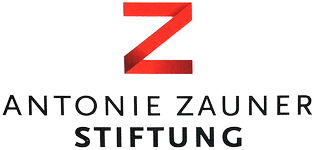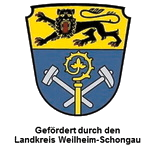ARBOUR CONVERSATIONS - LAUBENGESPRÄCHE - CONVERSATIONS SOUS LES TONNELLES
 ARTISTS in MOTION will be guests at RAUMdurchKUNST from July 6th to 26th, 2024
ARTISTS in MOTION will be guests at RAUMdurchKUNST from July 6th to 26th, 2024
Installations by Uta Schnuppe-Strack and Vera and Steve Schaub
Paintings by Elena Azimi, Attika Dahri, Elise Eekhout, Edith Glocker-Block, Gerd Lepic, Schiro
Photographs by Anne Sargeant
Sculptures by Ramiz Aghajev
Readings by Francisca van Vloten
Video instalation by Wim Scheere and Alex Yakimenko
Franz Marc, one of the most important artists of the 20th century, lived with his wife Maria in the Upper Bavarian village of Sindelsdorf near Murnau am Staffelsee from 1909 to 1914. The couple inhabited the house of the carpenter Josef Niggl, where Franz Marc set up a studio in the attic. It was here that he painted many of his expressionist paintings, which later achieved world fame.
In the famous bower, which stood next to the house until 2009 and is now located about 100 meters further north on Franz-Marc-Straße, Franz Marc founded the editorial team of the almanac “Der Blaue Reiter” together with Wassily Kandinsky who often came over from nearby Murnau. The book and the artistic movement soon became the focus of a circle of like-minded artists and were to have a decisive influence on the development of European art in the 20th century. The name “The Blue Rider” symbolized the emergence of a new spiritual quality of art that sought to overcome the materialism of the 19th century. The almanac and the subsequent art exhibitions in which the artists of the “Blue Rider” took part brought together texts and works of art from various cultures and art eras and were able to appeal to and inspire artists from different disciplines from different European countries.
For example, Alexej Jawlensky, Marianne von Werefkin, Adolf Erbslöh, Alexander Kanoldt, August and Helmut Macke, Heinrich Campendonk as well as Wassily Kandinsky and Gabriele Münter met at Franz and Maria Marc. Heinrich Campendonk and the animal painter Jean Bloé Niestlé lived in Sindelsdorf at the same time. Robert Delaunay considered Sindelsdorf one of the major centers of European painting.
However, with the outbreak of the First World War, Sindelsdorf lost its famous painters and the place sank back into art-historical insignificance. Miraculously, however, the small, open building in the garden of the carpenter family, in which Franz Marc and Wassily Kandinsky held their bower conversations, survived. The robust and weather-resistant arbour still allowed to stay outdoors protected from sun or rain. Over the years, it has become a symbol of Europe-wide artistic exchange and the development of innovative ideas, the main concerns of the AiM group.
More than a hundred years ago, the historic Sindelsdorfer ARBOUR CONVERSATIONS contributed to international understanding, cross-border communication and a cross-border exchange of ideas. AiM pursues the same goals. That is why the group deals artistically with the phenomenon, interprets the semantic fields associated with it and explains them.
 |
 |
|






